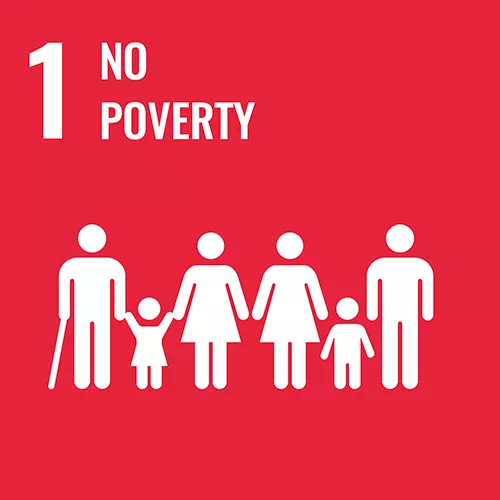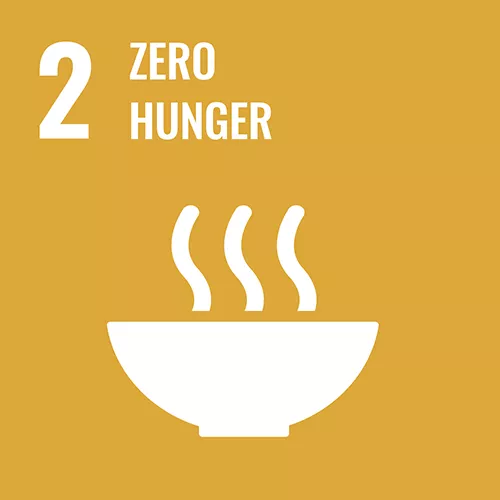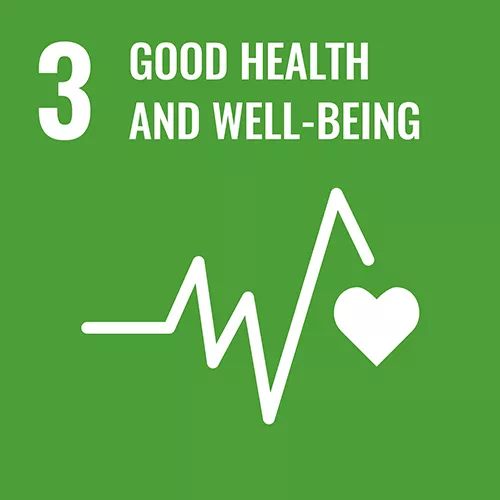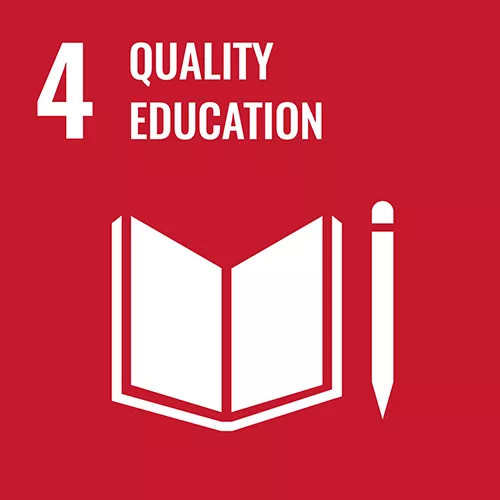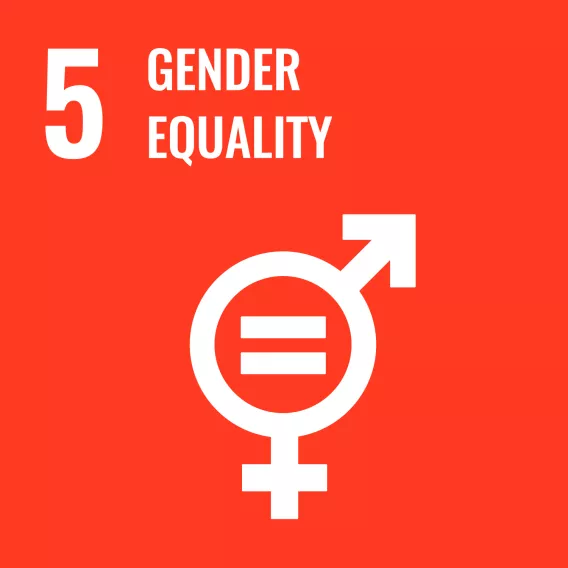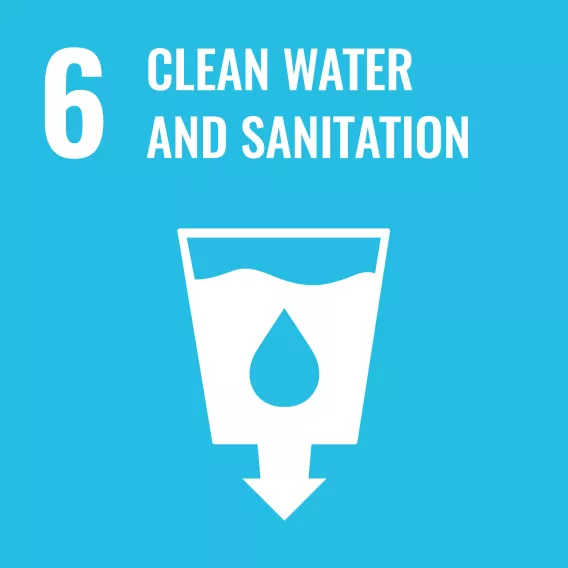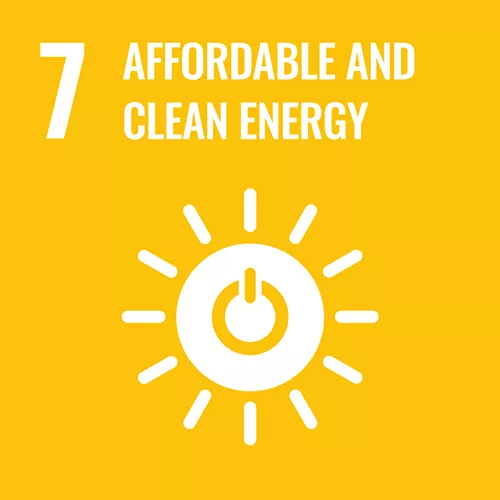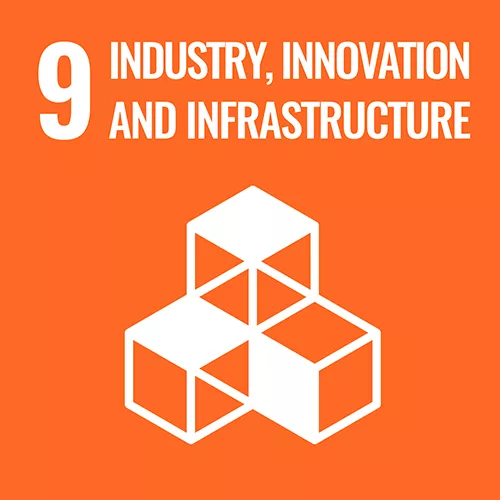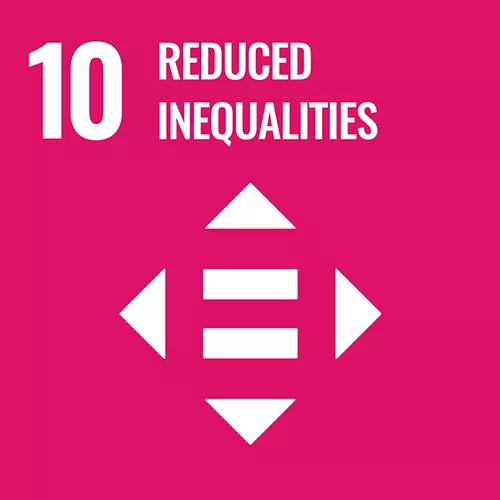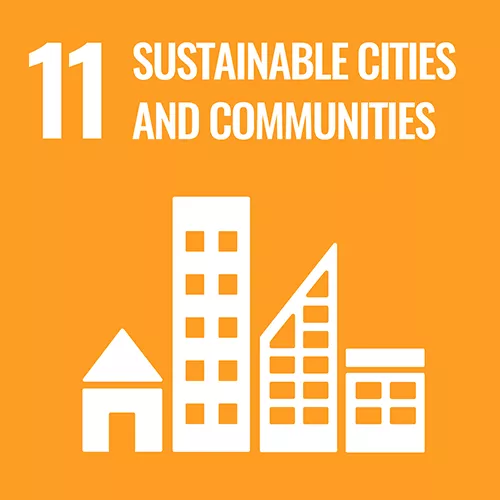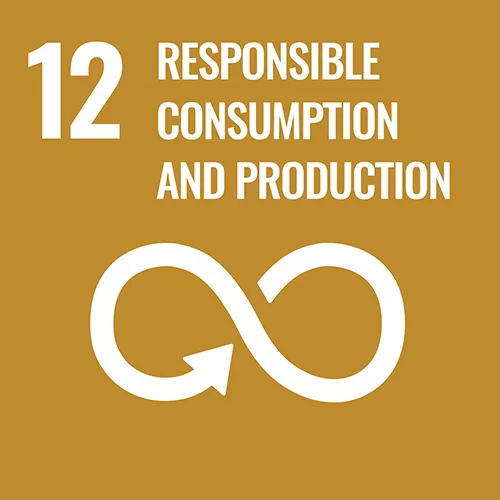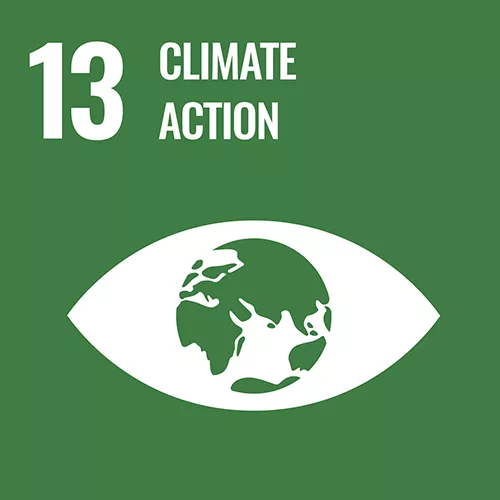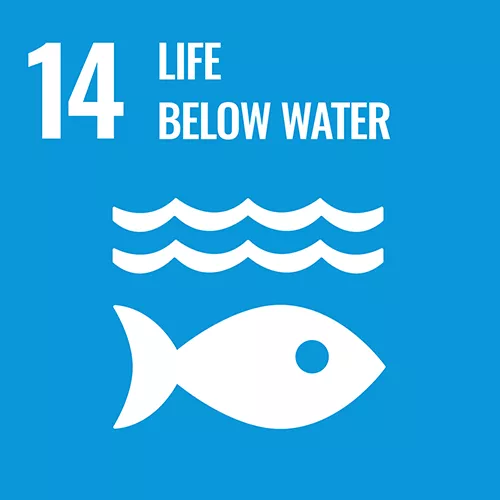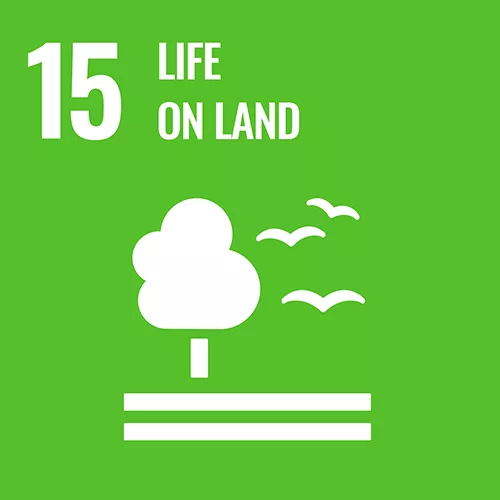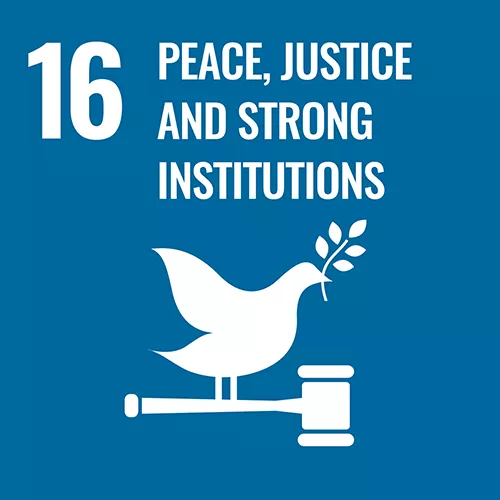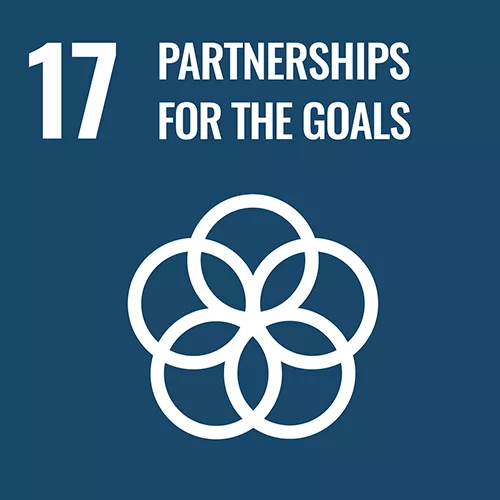The UN's Sustainable Development Goals
17 Goals to Transform Our World
Call to Action
‘A fundamental change is needed in the way we think about education’s role in global development because it has a catalytic impact on the well-being of individuals and the future of our planet. Now, more than ever, education has a responsibility to be in gear with 21st century challenges and aspirations and foster the right types of values and skills that will lead to sustainable and inclusive growth, and a peaceful living together’ (Irina Bokova, Director-General of UNESCO).
The Challenge
We face global environmental, social and economic challenges, approaching a tipping point that threatens to overstep our planetary boundaries (Steffen et al. 2015).
The Global Plan
In 2015, 193 countries came together to define and adopt the sustainable development goals (SDGs). With the ambition to end poverty, protect the planet and ensure that all people enjoy peace and prosperity (United Nations General Assembly, 2015).
A Brief History
- 1992 - At the Earth Summit in Rio de Janeiro, Brazil, more than 178 countries adopted ‘Agenda 21’.
- 2000 - Eight Millennium Development Goals (MDGs) were developed to reduce extreme poverty by 2015. Member States unanimously adopted the Millennium Declaration.
- 2012 - At the United Nations Conference on Sustainable Development, Member States adopted the outcome document "The Future We Want" in which they decided to launch a process to develop a set of SDGs.
- 2013 - The General Assembly set up an open working group to develop a proposal on the SDGs.
- 2015 - The General Assembly began the negotiation process on the post-2015 development agenda.
